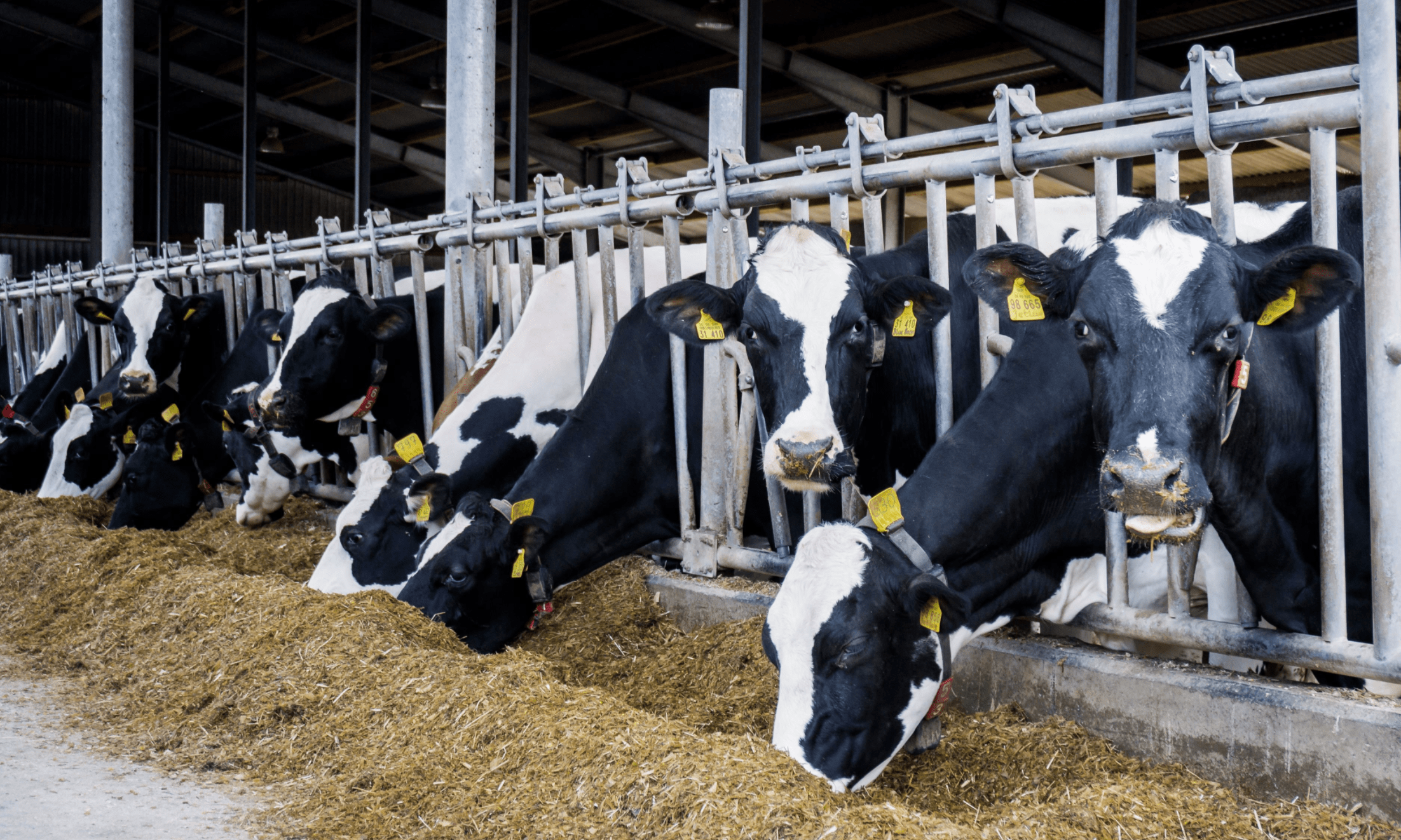Bad Solutions

Greetings! In the next few posts I will work through Wendell Berry's essay, "Solving for Pattern," which has been published as part of an edited collection (Norman Wirzba, ed., The Art of the Commonplace: The Agrarian Essays of Wendell Berry. Counterpoint, 2002). It is an extraordinary essay, and has had a profound effect on me, as well as many others.
Berry's essay, which you should find and read for yourself, has three parts. In the first part Berry describes three kinds of solutions, two bad and one good. In the second part, he illustrates what a good solution looks like, using a dairy farm as an example. In the third part, Berry identifies twelve characteristics of good solutions. I will devote one or two posts to each part, starting with the first.
Berry begins his essay by saying:
Our dilemma in agriculture now is that the industrial methods that have so spectacularly solved some of the problems of food production have been accompanied by "side effects" so damaging as to threaten the survival of farming. Perhaps the best clue to the nature and gravity of this dilemma is that it is not limited to agriculture.
Berry wants us to realize that his analysis of agriculture applies to other systems as well, including education, health, and energy. It is only be viewing these dilemmas through a systems lens, that we can begin to find proper solutions.
Berry continues:
There is, first, the solution that causes a ramifying series of new problems, the only limiting criterion being, apparently, that the new problems should arise beyond the purview of the expertise that produced the solution – as, in agriculture, industrial solutions to the problem of production have invariably caused problems of maintenance, conservation, economics, community health, etc., etc.
Industrialized dairy farming, while operationally efficient, creates new problems with the health and wellbeing of (a) the local ecology, (b) the animals themselves, and (c) nearby human communities. These are, in fact, examples of the so-called "Law of Unintended Consequences," which is the first kind of "bad" solution.
Quoting Berry once again:
The second kind of solution is that which immediately worsens the problem it is intended to solve, causing a hellish symbiosis in which problem and solution reciprocally enlarge one another in a sequence that, so far as its own logic is concerned, is limitless – as when the problem of soil compaction is "solved" by a bigger tractor, which further compacts the soil, which makes a need for a still bigger tractor, and so on and on. There is an identical symbiosis between coal-fired power plants and air conditioners.
Berry's second kind of bad solution is a type of positive feedback loop, also known as an amplifying feedback loop. Berry argues that both types of bad solutions arise when problems are narrowly defined, not taking into account the fact that local systems, such as farms or schools or businesses, are always embedded within a larger web of nested systems:
Such solutions always involve a definition of the problem that is either false or so narrow as to be virtually false. To define an agricultural problem as if it were solely a problem of agriculture – or solely a problem of production or technology or economics – is simply to misunderstand the problem, either inadvertently or deliberately, either for profit or because of a prevalent fashion of thought. The whole problem must be solved, not just some handily identifiable and simplifiable aspect of it.
In summary, bad solutions arise because would-be problem solvers fail to understand that the world – both natural and man-made – consists of nested and interlinked systems. In other words, the world is complex, and good solutions will necessarily account for this complexity – which reminds me of a quote by Oliver Wendell Holmes:
For the simplicity on this side of complexity, I wouldn't give you a fig. But for the simplicity on the other side of complexity, for that I would give you anything I have.